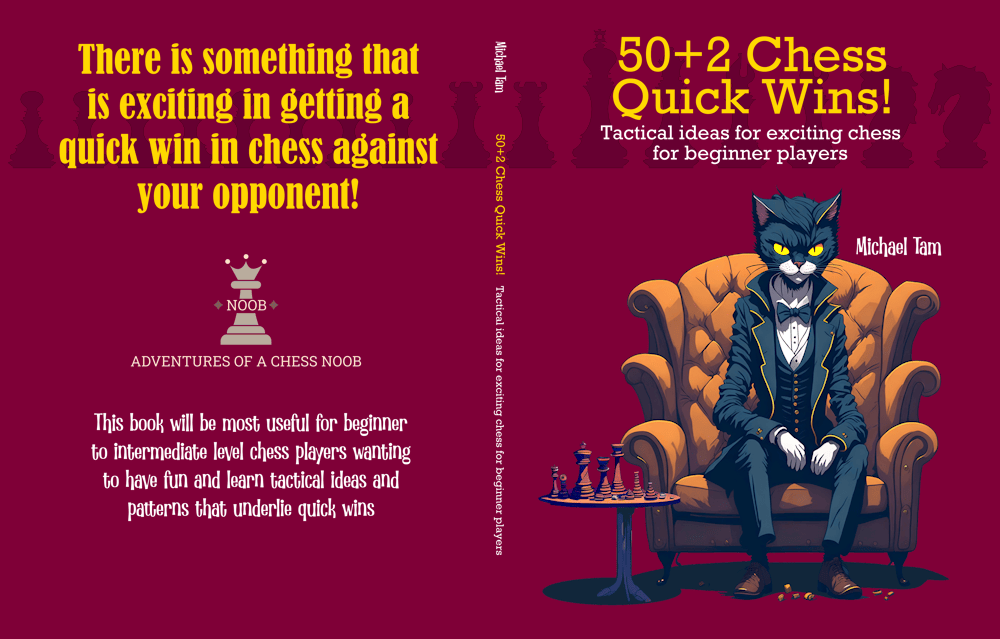
Chess Opening | Beginner Principles and Tips
#beginnertips #vantkruijs #hypermodern #doublefianchetto
This was a game against another Chess Boot Camp member on chess.com. They noted that they were kind of new to chess and wanted some help and feedback as they were losing points.
I noticed when I had a look at this member's games, they tended to play a lot of the Van 't Kruijs Opening (1. e3), a rather uncommon opening that isn't especially good. It isn't even mentioned in Eric Schiller's "Unorthodox Chess Openings" book!
They played this against me as well, and then proceeded to set up a double fianchetto.
Against unorthodox openings, there is no theory, but standard opening principles are typically good. Take control of the centre with pawns. Develop pieces - knights before bishops if you can. Castle if it makes sense to do so.
One of the problems with White's opening manoeuvres is that it is slow. Setting up double fianchetto takes time. The result is that White lags on development, and also gives up control of the centre, at least, in the usual way we think about centre control. Hypermodern systems are completely fine, but they are difficult and complicated to play, and probably not the best system for people earlier in their chess journey.
After the game, I asked my opponent what their thinking was in the opening, they noted that they were effectively stalling for time and playing defensively until their opponent castled, and then attempt to launch an attack. Their idea was that the fianchetto bishop was often "points at the king" which is helpful.
There is a strategic sense here, but I suspect that it isn't one that works at the beginner levels once you meet opponents who aren't playing openings on autopilot. Basically, you can't rely on your opponent to make a mistake that you can exploit.
In the game, I knew that I held the full centre in the opening so there wasn't any reason for me to commit to castling to any specific side. On move 6, White seemed to prepare for kingside castling with the relatively passive Ne2, and my basic strategy seemed clear, and I was able to implement this.
- Block the dark square long diagonal with my pawn, or better yet, White's pawn to nerf Black's bishop on b2 (moves 7 to 8: White blocks in their own bishop)
- Force trade/capture the fianchetto bishop on g2, which weakens the defence of the king (moves 9 to 12: I force trade White's bishop in b2)
- castle queenside (move 13)
- move my pieces to support a big kingside attack, supported by a kingside pawn-storm (move 14-18)
This worked. White's kingside defences were smashed, and White attempted to escape the ruins by moving the king into the centre of the board. The king should rarely be amidst the field of battle in the middlegame, and this was represented by a Stockfish evaluation of almost [-14]. A mating net was woven with checkmate in the centre of the board on move 27. GG!
My suggestions?
- as a beginner, learn and understand a standard opening (the Italian Game is perfectly good) as well as the opening principles
- if you choose to also play an uncommon opening to spice things up, it's important to learn how that opening works - that'll involve some study of opening theory rather than simply winging it
- you can't rely on the strategy of waiting for your opponent to make a mistake or blunder, unless your opening is psychologically tricky and trappy
Game on chess.com: https://www.chess.com/game/daily/467996463



